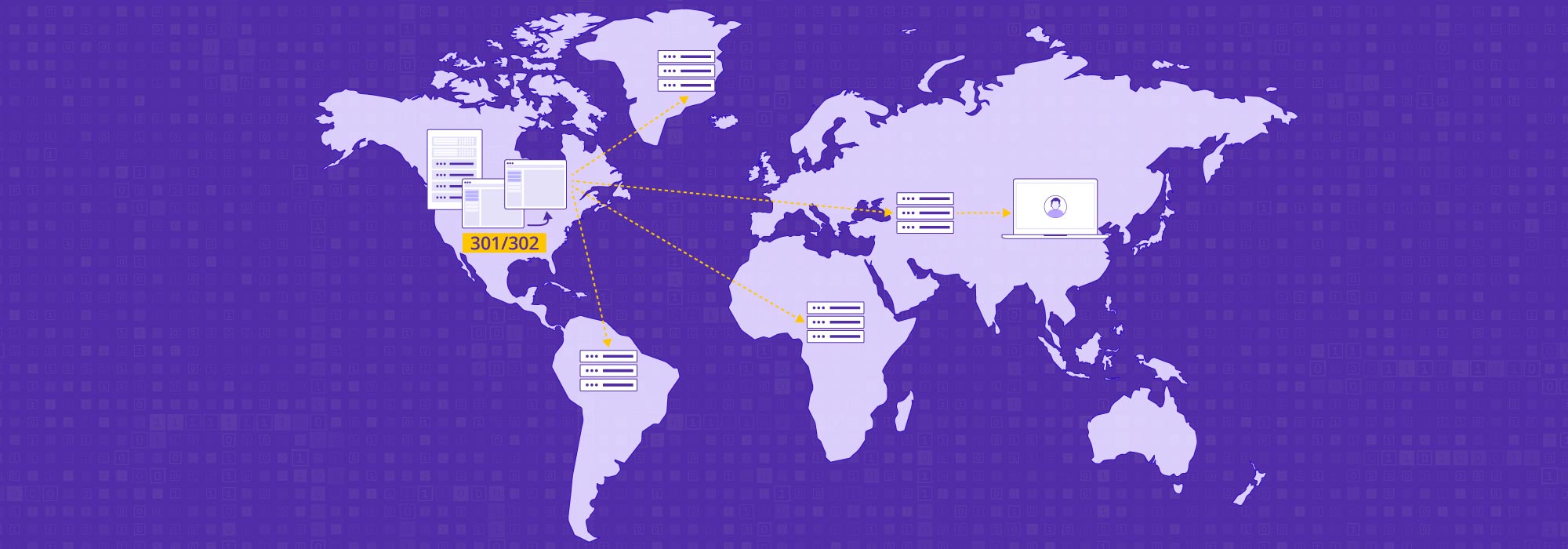The rapid pace at which today’s cybersecurity landscape is evolving means that traditional network security approaches are no longer sufficient to protect valuable assets from threats. With more organizations adopting remote work, cloud-based services and interconnected devices including those resulting from Bring Your Own Device (BYOD) policies, a new paradigm for network security is needed.
This is precisely why Zero Trust architecture, a security framework that assumes no user or device should be inherently trusted, is gaining more adoption among today’s organizations. According to Gartner, there has been a 60% year-over-year growth rate in ZTNA adoption.
What a Secure Zero Trust Architecture Looks Like
A secure Zero Trust architecture is based on the principle of “never trust, always verify.” It involves a holistic approach comprising multiple layers of security controls and authentication procedures to ensure the integrity of the network. This is accomplished through a few essential components that make up a secure Zero Trust architecture including Identity and Access Management (IAM), Network Segmentation, Continuous Monitoring and Threat Detection and Secure Endpoint Protection among others.
Zero Trust Use Cases
There are several different ways in which organizations put zero trust and the security benefits that come with it to use. The following are some common but effective use cases.
Secure Remote Access Without VPN
Traditional virtual private network (VPN) solutions have been the go-to option for businesses that need to enable remote access. But this can introduce vulnerabilities and performance bottlenecks. Zero Trust architecture offers an alternative approach to secure remote access, as it uses secure web gateways and secure access service edge (SASE), which ensures the necessary security without compromising on performance, while ensuring strong authentication and granular access controls.
Application and Data Security
Zero Trust architecture protects business critical applications and sensitive data by enforcing strict access controls. By implementing fine-grained authorization policies, organizations can ensure that only authorized users and devices can access specific applications and data. This approach mitigates the risk of data breaches and unauthorized access, improving the overall security posture.
Zero Trust Access for Hybrid and Back-to-Office Users
As organizations embrace hybrid work models and transition back to office environments, Zero Trust architecture becomes crucial in securing access for both remote and on-premises users. By applying consistent security policies across all environments, organizations can maintain a unified security posture and protect their network from potential threats.
VDI Alternative
Organizations have also relied on Virtual Desktop Infrastructure (VDI) solutions to provide secure remote access in the past. However, these can be complex and resource-intensive. Zero Trust architecture offers an alternative by enabling secure access to individual applications or data without the need for a full virtual desktop. This approach improves flexibility, scalability, and cost-effectiveness while ensuring robust security measures.
Protecting Insecure IoT Devices
The proliferation of Internet of Things (IoT) devices introduces significant security challenges. Zero Trust architecture addresses this by implementing device-level authentication, access controls, and traffic encryption for IoT devices. By considering these devices as untrusted entities by default, organizations can protect their network from potential vulnerabilities that arise through IoT devices and minimize the risk of compromised systems.
5 Benefits of Using Zero Trust Security
Implementing a Zero Trust architecture can help organizations with a number of benefits, in their efforts to strengthen network security. Here are five key advantages of adopting a Zero Trust approach:
Boost Hybrid Workforce Productivity
With the rise of remote work and hybrid work models, ensuring secure and seamless access to resources is crucial for organizations to keep productivity levels high. According to research from McKinsey, most executives think that they may not need to have non-essential staff working in the office five days a week in the future.
Zero Trust security enables organizations to provide secure remote access to meet the needs of such hybrid workforces without compromising performance. With it, employees can securely access the necessary applications and data from any location, enabling them to work efficiently and effectively.
Protect Data and Applications From Cyber Threats
Traditional security models have relied primarily on perimeter defense, meaning that they automatically trust users and devices once they are inside the network.
Zero Trust architecture goes beyond these types of models and adopts a more proactive security approach.
Zero Trust helps protect critical data and applications from cyber attacks by implementing granular authorization policies. A Zero Trust architecture can be applied using Software Defined Perimeter (SDP), which is capable of mitigating a number of common but significant threats including data breaches, insecure interfaces and APIs, account hijacking, Advanced Persistent Threats (APT) and many more.
Limiting Insider Threats
Cyber threats don’t always need to originate from outside an organization’S network. Insider threats, whether intentional or accidental, can also pose a significant risk to organizations. Zero Trust architecture addresses these risks by minimizing the level of trust assigned to users and devices. It continuously monitors user behavior and identifies suspicious activities, allowing organizations to respond efficiently to potential insider threats.
Greater Flexibility
Another benefit of adopting Zero Trust Security is that it allows organizations to be more agile and flexible. By adopting software-defined perimeters (SDP), organizations can dynamically adjust their security controls based on the changing needs of the network. CDNetworks provides Enterprise Secure Access (ESA), a cloud service that provides enterprises with zero trust access to secure hybrid networks. Moreover ESA is also implemented with a SDP infrastructure, while you also get to take advantage of CDNetworks’ globally distributed DDoS-resistant edge network to accelerate remote access.
Meeting Industry Standards and Legal Requirements
The increase in frequency of cyber attacks and the damage that they cause have also meant that there is pressure on organizations to comply with various legal regulations and industry standards. Zero Trust architecture helps in complying with these requirements by providing a robust security framework aligned with many industry standards and regulations.
Zero Trust Best Practices
Implementing a Zero Trust architecture requires careful planning and attention to some best practices to ensure its effectiveness. Here are some of the key best practices to consider when adopting a Zero Trust approach:
- Establish Granular Access Controls: Implement granular access controls based on the principle of least privilege. Grant users and devices only the minimum level of access necessary to perform their tasks. This will go a long way in minimizing the attack surface and reducing the impact of potential security breaches.
- Adopt Continuous Monitoring and Analysis: It is important to have sound monitoring capabilities to detect security threats and respond to them in real-time. Tools such as security information and event management (SIEM) systems and other analytics that analyzes user behavior analytics to identify anomalous activities can make a significant difference.
- Enforce Strong Authentication Mechanisms: All users and devices should be asked to implement MFA, to ensure secure access. This gives you an additional layer of protection, making it more difficult for untrusted users to gain access even if their credentials are somehow compromised.
Beyond these measures, it is also critical to continuously educate employees about Zero Trust principles – why they are important, what can go wrong if they are not followed and how employees can help in their adoption.
What the Future Holds for Zero Trust Architecture
Zero Trust architecture as a security practice is gaining favor among many enterprises, even as it continues to evolve and adapt to the fast-changing security landscape. According to Gartner’s predictions, investments in zero-trust network access (ZTNA) systems and solutions globally is projected to grow at a rate of 19.6% annually from $819.1 million in 2022 to $2.01 billion in 2026.
The rapid growth of Artificial Intelligence and Machine Learning suggests potential for integration that could automate threat detection, anomaly detection, and user behavior analysis, thereby enhancing the capabilities of Zero Trust architectures. At the same time, attackers are also using these very same AI and ML advancements to improve their hacking techniques, such as automating the scanning of endpoints. This means that zero trust policies will have to evolve and explore a unified platform that consolidates endpoint management and identity security going forward.


